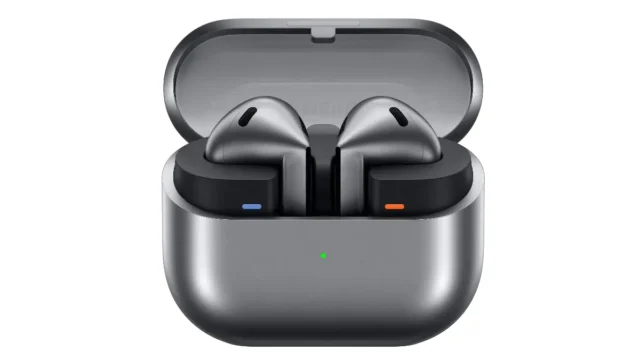
Samsung has officially launched the Galaxy Buds 3, and the resemblance to Apple’s AirPods is uncanny. Announced at the Samsung Unpacked event on July 10, 2024, the design and functionality of these new earbuds seem heavily inspired by Apple’s popular product. Here’s a deep dive into what makes the Galaxy Buds 3 stand out, albeit in a familiar way.
Launch Details and Pricing
The Galaxy Buds 3 were unveiled with a price tag of $179, positioning them directly against Apple’s AirPods, which are similarly priced without active noise cancellation—a feature the Buds 3 includes. Samsung began taking pre-orders on the same day as the launch, with a promotional offer of a free protective Clip Case for early buyers.
Design and Functionality
The Galaxy Buds 3 have adopted a stemmed design, a notable shift from their previous, more rounded bud-style. This new design features no silicone ear tips, relying instead on a hard fit—similar to the original AirPods. The Buds 3 also integrate a stick at the bottom which users can squeeze or swipe to control playback, mimicking the functionality of the AirPods’ stem.
Advanced Features
Samsung has not held back on features with the Galaxy Buds 3. They boast an 11mm dynamic driver that supports 24-bit Hi-Fi audio and 360 Audio spatial sound, compatible with newer Samsung devices like the Galaxy S23 and beyond. Additionally, the Buds 3 are IP57 rated for dust and water resistance, ensuring durability in various environments.
Despite their robust feature set, the Galaxy Buds 3’s battery life remains consistent with previous models, offering about five hours of playtime with active noise cancellation enabled.
Innovative Technology
Samsung continues to innovate with features like the Super-Wideband Call, which uses AI to enhance voice clarity in challenging conditions. They have also introduced adaptive sound settings that automatically adjust based on environmental noise levels, enhancing the user experience.
Market Positioning
While Samsung’s Galaxy Buds 3 significantly draw from the AirPods’ design, they attempt to carve out their niche with enhanced features like active noise cancellation and AI-driven audio improvements, appealing to users who desire a balance between functionality and style.
With the market flooded with true wireless earbuds, Samsung’s strategy seems to lean on familiar aesthetics while pushing technological boundaries, setting the stage for a direct competition with Apple’s AirPods.










